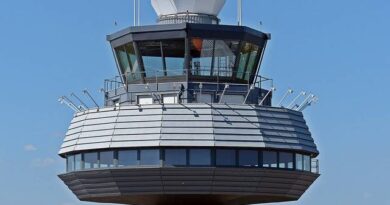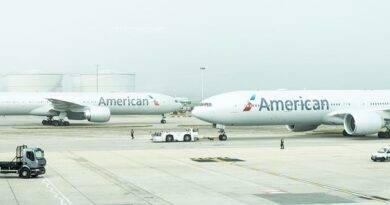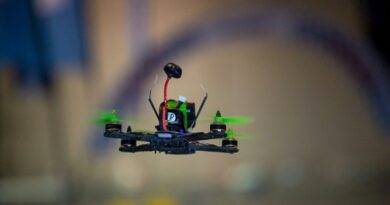B737 Family vs A320 Family: A Comprehensive Comparison
The aviation industry has long been dominated by two leading aircraft families: the Boeing 737 and the Airbus A320. These narrow-body aircraft have become the workhorses of airlines worldwide, offering efficient operations and reliable performance. In this article, we will conduct a thorough comparison between the B737 family and the A320 family, considering key aspects such as performance, passenger capacity, fuel efficiency, and technological advancements. (B737 Family vs A320 Family).
Performance:
When it comes to performance, both the B737 and A320 families boast impressive capabilities. The B737 family is known for its robust engines, enabling it to achieve higher maximum speeds and quicker acceleration during takeoff. On the other hand, the A320 family offers excellent maneuverability, making it suitable for airports with shorter runways. Additionally, the A320’s advanced fly-by-wire technology enhances stability and control, providing a smoother flying experience for passengers.
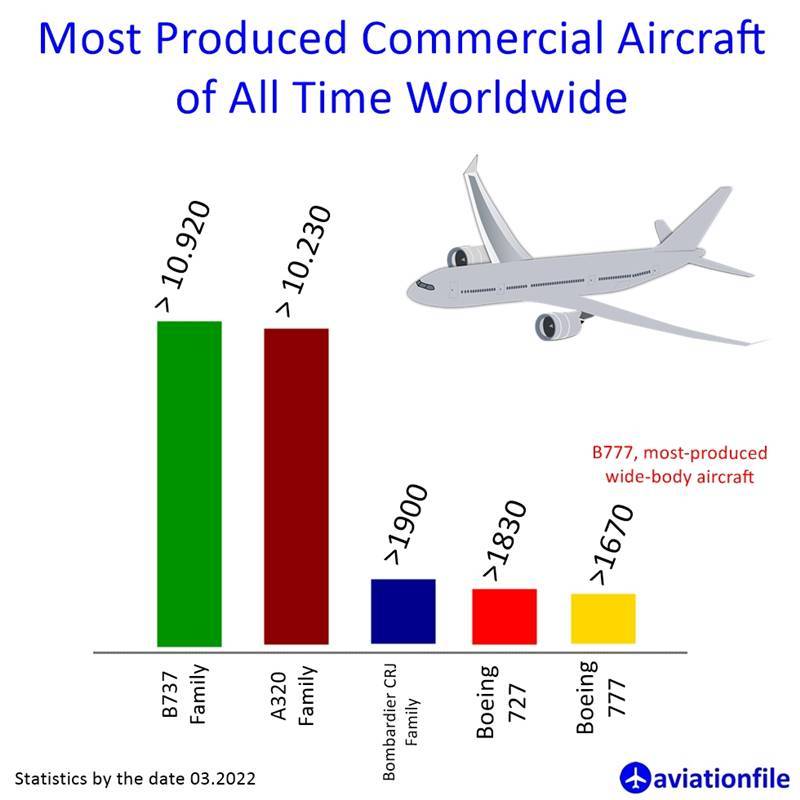
Passenger Capacity:
Passenger capacity is a crucial factor for airlines seeking to maximize profitability. The A320 family typically offers slightly higher seating capacity than the B737 family. The A320neo, for example, can accommodate up to 195 passengers, while the B737 MAX 7 can carry around 172 passengers. However, it is worth noting that airlines have the flexibility to customize cabin configurations based on their specific needs, so the exact seating capacity may vary.
Fuel Efficiency:
In today’s environmentally conscious era, fuel efficiency plays a significant role in aircraft selection. The A320 family holds an edge over the B737 family in terms of fuel efficiency. The A320neo, with its advanced engines and aerodynamic improvements, consumes up to 15% less fuel compared to previous-generation aircraft. In contrast, the B737 MAX series offers approximately 14% fuel savings compared to its predecessors. These improvements not only reduce operating costs but also contribute to reduced carbon emissions, aligning with the industry’s sustainability goals.
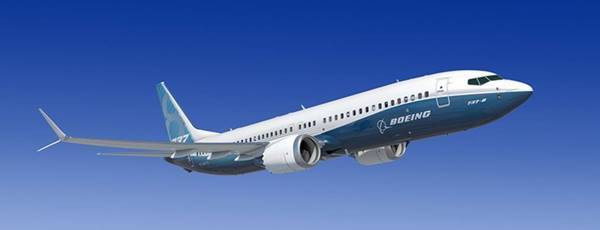
Technological Advancements:
Both aircraft families incorporate cutting-edge technologies, but they differ in certain aspects. The B737 MAX series introduced the innovative Maneuvering Characteristics Augmentation System (MCAS), designed to enhance safety and stability. Following the grounding of the MAX fleet, Boeing has made extensive modifications and implemented additional safety measures to address past concerns. Meanwhile, the A320neo family incorporates advanced engine technologies, such as the Pratt & Whitney PurePower Geared Turbofan (GTF) and the CFM International LEAP engine, resulting in reduced noise levels and lower emissions.
Conclusion:
The B737 and A320 families are formidable competitors in the narrow-body aircraft segment, each offering distinct advantages. While the B737 family is renowned for its robust performance and reliability, the A320 family excels in terms of passenger capacity, fuel efficiency, and advanced technologies. Ultimately, the choice between the two aircraft families depends on an airline’s specific requirements, routes, and operational preferences.
B737 Family vs A320 Family: A Head-to-Head Comparison
| Feature | B737 Family | A320 Family | Notes |
| Variants | 737-700, 737-800, 737-900, 737 MAX 7, 737 MAX 8, 737 MAX 9, 737 MAX 10 | A319, A320, A321, A321neo | A318 production ceased in 2012 |
| Passenger Capacity | 128-189 | 145-240 | Max capacities can vary depending on configuration |
| Range | 3,600-5,500 km | 4,000-6,900 km | Ranges can vary depending on payload and fuel conditions |
| Cargo Capacity | 22.7-55.1 m³ | 27.1-71.5 m³ | Cargo capacities may vary slightly depending on specific variants |
| Cabin Width | 3.54 m | 3.73 m | 7 cm wider in the A320, offering more passenger comfort |
| Engines | CFM56-7B, LEAP-1B | LEAP-1A, PW1100G | PW1100G used on some A320neo variants but not all |
| Flight Deck Layout | Yoke and column controls | Side-stick and center pedestal controls | |
| Fuel Efficiency | 13-17 L/100km | 11-13 L/100km | Average fuel consumption per 100 km, specific values may vary based on individual models and flight conditions |
| Operational Costs | Generally lower maintenance costs | Lower per-seat operating costs | Varies depending on factors like fuel prices, utilization rates, and specific airline practices |
| Technology | Conventional flight systems | Fly-by-wire flight controls | Some newer B737 variants also incorporate fly-by-wire elements |
| Reliability | Proven track record | High dispatch rates | Both families hold excellent safety records |
| Strengths | Robust design, short-field capabilities | Passenger comfort, higher capacity | Each family excels in certain areas |
| Weaknesses | Narrower cabin, smaller cargo capacity | Higher initial purchase price | Each family also has trade-offs to consider |
Real-World Applications: How Airlines Leverage the B737 and A320 Families to Optimize Operations
Many airlines around the world strategically select either the Boeing 737 or Airbus A320 family models to fit their unique route structures, passenger demands, and operational goals. For instance, Southwest Airlines relies heavily on the Boeing 737 series, leveraging the 737-700 and 737-800 models across its extensive domestic network in the United States. The 737’s range and capacity make it ideal for Southwest’s point-to-point service model, delivering consistent performance on high-frequency short to medium-haul routes. Conversely, Lufthansa utilizes the Airbus A320 family, including A320neo and A321neo models, for efficient and environmentally-friendly operations across Europe. These models allow Lufthansa to offer seamless connectivity between major European cities and smaller regional destinations, maximizing fuel efficiency and passenger comfort on both short and medium-haul flights. Similarly, Qantas employs the A320 family for its regional subsidiary, Jetstar, enabling cost-effective operations in the Asia-Pacific market. By examining these specific airline choices, we see how the B737 and A320 families cater to varied operational needs, whether it’s budget-friendly, high-frequency service or regional connectivity with optimized fuel consumption.
